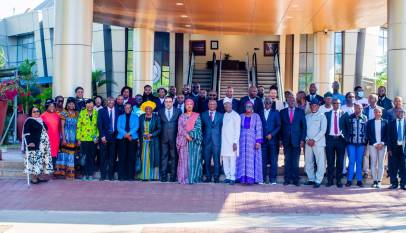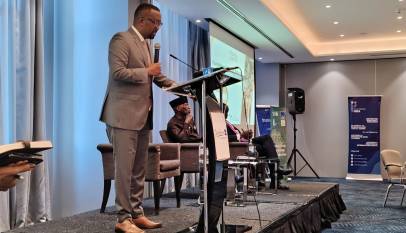Towards eradicating sleeping sickness from Africa’s rural communities
A fortnight ago, about 300 scientists from across Africa and beyond where in Abuja, the Nigerian capital, on the occasion of the 35th general conference of the International Scientific Council for Trypanosomiasis Research and Control (ISCTRC), convened by the African Union InterAfrican Bureau for Animal Resources (AU-IBAR)
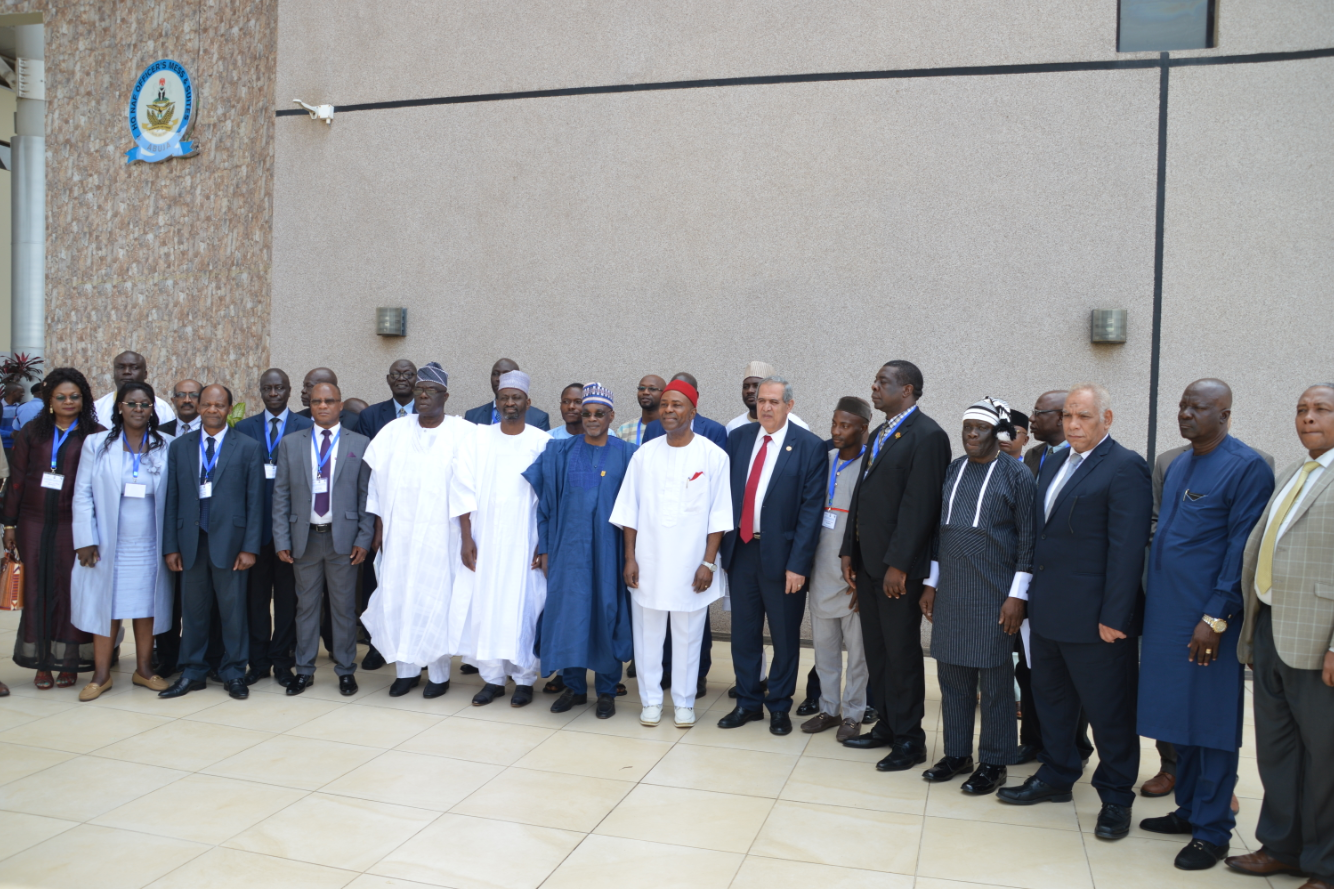
The International Scientific Council for Trypanosomiasis Research and Control (ISCTRC) is a statutory council of the African Union Commission (AUC), and the apex continental scientific body responsible for promoting international cooperation towards the control and elimination of Trypanosomiasis in Africa. Since 1949, ISCTRC has served as a platform for knowledge sharing and dissemination of evidence-based scientific research on Trypanosomiasis, as well as providing scientific and technical support to affected African countries towards eliminating the disease from the continent.
Thus, the 35th general conference of ISCTRC provided a platform for African scientists to exchange research ideas on the control of human and animal African Trypanosomiasis, and also raise awareness about the negative consequences of the disease including its impact on rural communities in Africa. The conference which held September 23 – 27 was themed: “Impact of African Trypanosomiasis on Human and Animal Health, Sustainable Agriculture and Rural Development in the face of challenges to sustainable investment in African Animal Trypanosomiasis (AAT) control and Human African Trypanosomiasis (HAT) elimination.”
The five-day event featured scores of paper and poster presentations, plenaries as well as technical sessions on Human African Trypanosomiasis (HAT) and African Animal Trypanosomiasis (AAT); 21 reports were presented by the African Union Pan African Tsetse and Trypanosomiasis Eradication Campaign (AU-PATTEC), established following a declaration on the total eradication of Tsetse and Trypanosomiasis on the continent, by the 36th Ordinary Summit of the OAU held at Lome, Togo, in 2000.
Among many others, speakers at the opening ceremony included Nigeria’s Minister of Science and Technology Dr Ogbonnaya Onu; the Chairman of the ISCTRC Prof. Boniface Namalanga and the Director-General of Nigerian Institute of Trypanosomiasis Research (NITR) Dr Augustine Igweh. The AU Commissioner for Rural Economy and Agriculture H.E Josefa Leonel Correia Sacko was represented by the Director-General of the African Union InterAfrican Bureau for Animal Resources (AU-IBAR) Prof Ahmed El-Sawalthy, who delivered the keynote address at the conference.
AU-IBAR is a specialized unit of the AU`s Department of Rural Economy and Agriculture dedicated to providing leadership in the development of animal resources on the continent.
While delivering the keynote titled: “Impact of African Trypanosomiasis on Human and Animal Health, Sustainable Agriculture and Rural Development in the face of challenges to sustainable investment in African Animal Trypanosomiasis (AAT) control and Human African Trypanosomiasis (HAT) elimination,” Prof. El-Sawalhy noted that Tsetse and Trypanosomiasis remained a serious public health burden that affects the livelihoods of millions of people particularly in rural communities of Africa.
“The problem of African human and animal Trypanosomiasis is a herculean one; the vector [Tsetse fly] does not respect international boundaries. Thus, African nations must work together to battle the menace. It is now 70 years since the establishment of the ISCTRC, 19 years since the Lome Declaration by the African Head of States and Governments (AHSG), and 18 years since the establishment of the AU-PATTEC. Therefore, it is a great time to realistically reflect on the achievements made and the challenges faced in the eradication of Tsetse and Trypanosomiasis in Africa,” said Prof. El-Sawalhy.
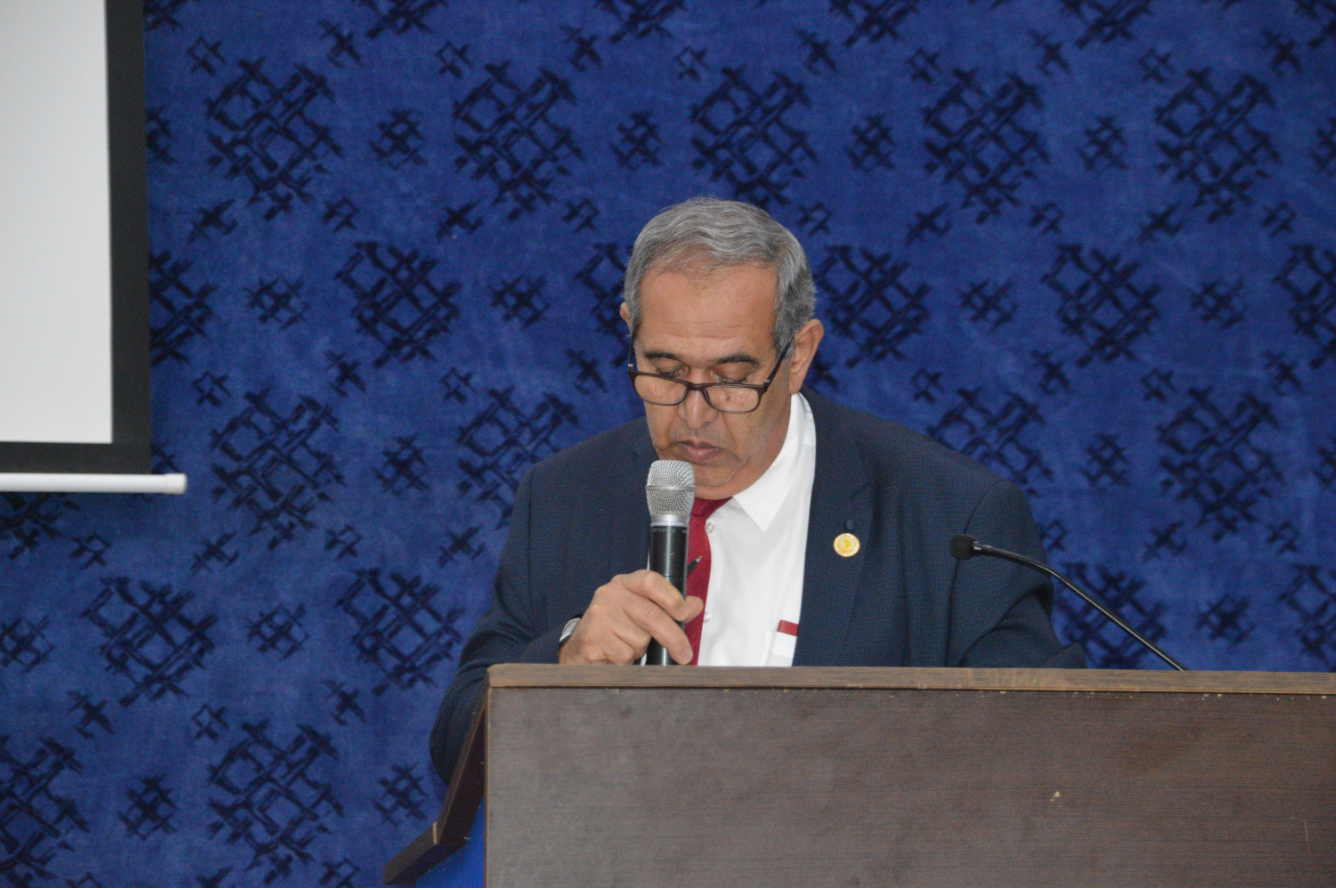
A slow-walk journey
Also known as sleeping sickness, Trypanosomiasis is a major Neglected Tropical Disease (NTDs) affecting humans and animals in about thirty-eight countries of sub-Saharan Africa, across over 10 million square kilometers of land. The disease is transmitted by Tsetse Fly and kills thousands of people across Africa each year, while about 60 to 70 million people plus 50 million cattle are at risk of contracting it on the continent. Consequently, agricultural production loss due to Trypanosomiasis is estimated at USD 5 billion, annually.
While presenting a report on Human African Trypanosomiasis (HAT), Dr. Jose Ramon Franco, the medical officer in charge of the sleeping sickness control and surveillance programme at the World Health Organisation (WHO), said the reported cases of HAT had decreased significantly – from 37, 000 in 1999 to less than 1, 000 cases in 2018. He however lamented that control and surveillance activities in a number of African countries were still insufficient.
“The decline in the reported cases of HAT is based on robust data. When we [WHO] started working there was a high prevalence rate, but now the situation is different – it is getting lower,” Dr. Franco told African Newspage adding that a decrease in the number of experts in Tsetse control and HAT had also been observed. “We have less people and a progressive loss of expertise, and [de]motivation of health staff as well as lack of interest in the disease.”
Although WHO provides support and coordinates national Tsetse and Trypanosomiasis surveillance and control programmes undertaken by stakeholders across the continent, Dr. Franco believes African countries must realize that the idea of total elimination and eradication of the disease in Africa was not about donors and international aid alone. “The main role of the surveillance programme is played by the national control programmes in the respective countries. But WHO plays a role in guiding these countries and coordinating activities of the stakeholders involved as well as supporting what the countries are doing.”
Dr Rajinder Kumar Saini is an entomologist and pest control specialist based in Nairobi-Kenya who is also known for his pioneering work in the development of innovative Tsetse repellent technology and demonstrating how it can be integrated in push-pull strategies to significantly reduce disease levels in cattle and improve livelihoods of smallholder livestock keepers in Africa. He has researched on Tsetse control and Trypanosomiasis for more than 40 years and believes the fight against African human and animal Trypanosomiasis had remained a slow-walk in the past 70 years.
“It is almost 20 years since the Lome Declaration in 2000 yet, only two countries (Namibia and Botswana) have been declared free from the disease. Thus, the fight against Tsetse and Trypanosomiasis in Africa is slow. Hence, there`s need to re-energize all African countries to start working with vigour and commit more resources – human and financial – towards sustainable elimination of the disease on the continent,” said Dr Saini who received the ISCTRC`s Gold Medal Award for his research and contribution to the control of Tsetse in Africa.
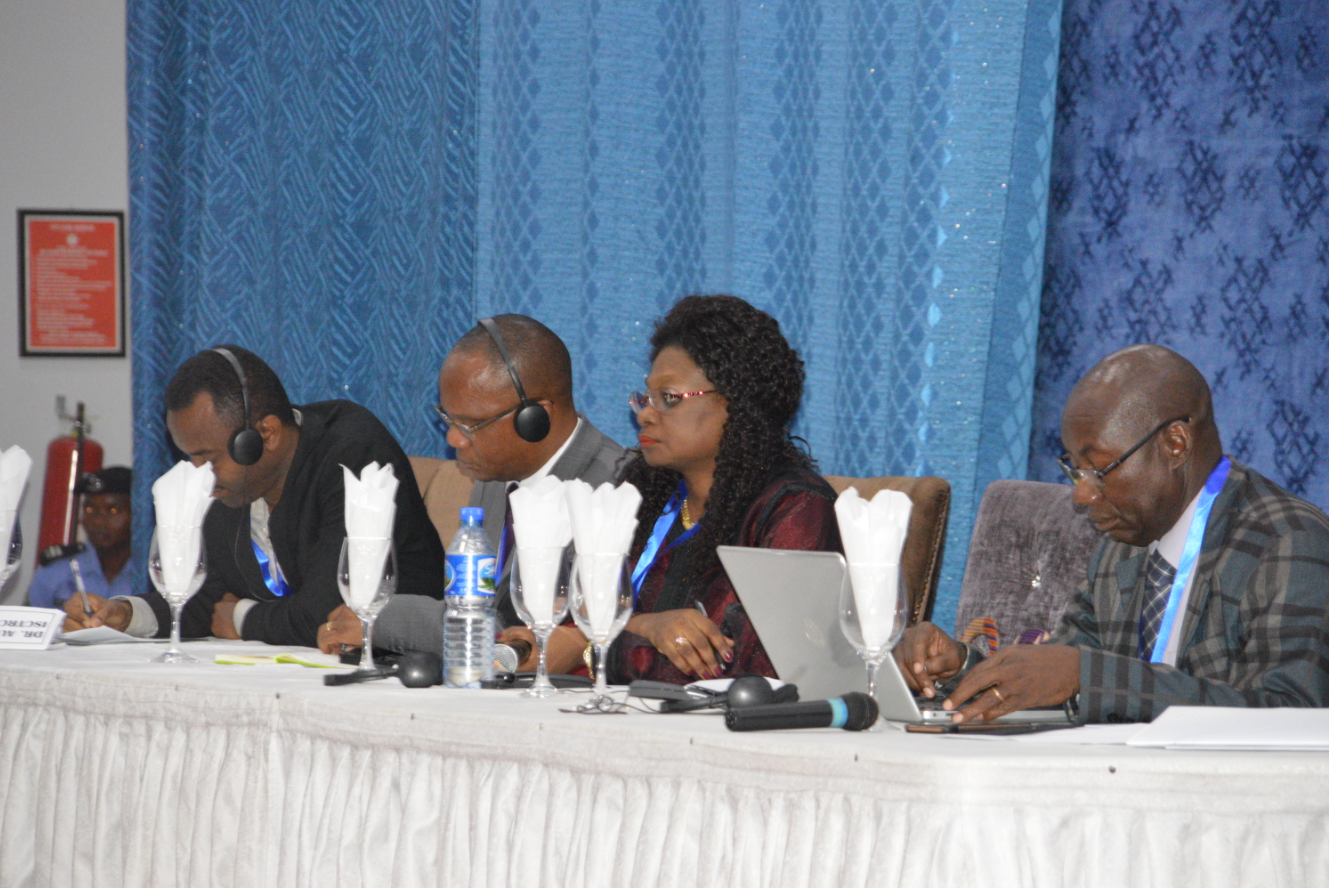
Dr Saini said Tsetse and Trypanosomiasis couldn’t be eliminated independently, “It has to be integrated into the broader context of rural sustainable development for improved livelihoods,” adding that across many African countries, technical capacity were lacking hence the need to train more scientists. “Young scientists need to come forward to do their doctorate degrees and get promoted by national systems to take leadership positions in the fight against the disease.”
At the 36th ordinary session of the OAU, African Heads of State and Governments unanimously agreed to eradicate Tsetse from the continent and urged Member States to collectively embark on the implementation of the AU-PATTEC initiative. Launched in 2001, the initiative aims to create Tsetse free areas; ensure food security and reduce poverty; improve human and animals’ health; as well as enhance livestock and agricultural production in Africa.
“We [Kenya] are among the first six countries that started implementing the AU-PATTEC initiative; others were Uganda, Ethiopia, Mali, Burkina Faso, and Ghana. The initiative was funded by government and the African Development Bank (AfDB) through the AU to support our initial activities,” said Dr. Pamela Olet, country coordinator of the African Union Pan African Tsetse and Trypanosomiasis Eradication Campaign (AU-PATTEC) initiative in Kenya cum CEO of the Kenyan Tsetse and Trypanosomiasis Eradication Campaign (KENTTEC).
“In Kenya we have made a huge progress in the fight against the disease since 2009 and we are sustaining the successes achieved so far – thanks to the PATTEC initiative. For instance, there`s a community called Mbeere in Embu that was severely affected by Tsetse Fly thus the farmers couldn’t use their animals to open up land for farming, I`m glad to tell you that we went in together with other stakeholders and managed the problem. The area is now free from Tsetse and the farmers are producing food. In addition, we have done a lot of surveillance activities in the country and only one case has been reported to date; we hope to make Kenya a Tsetse-free nation soon,” Dr. Olet told African Newspage.
Nonetheless, she noted that the fight against sleeping sickness disease in Africa was on a decline. “There is a general decline in our commitment to the fight against human and animal Trypanosomiasis; when the public`s interest is low, the available resources will also become low. Therefore, we must remember that we are dealing with one of the world`s neglected diseases, we often tend to neglect it because it only affects the rural poor in Africa.”
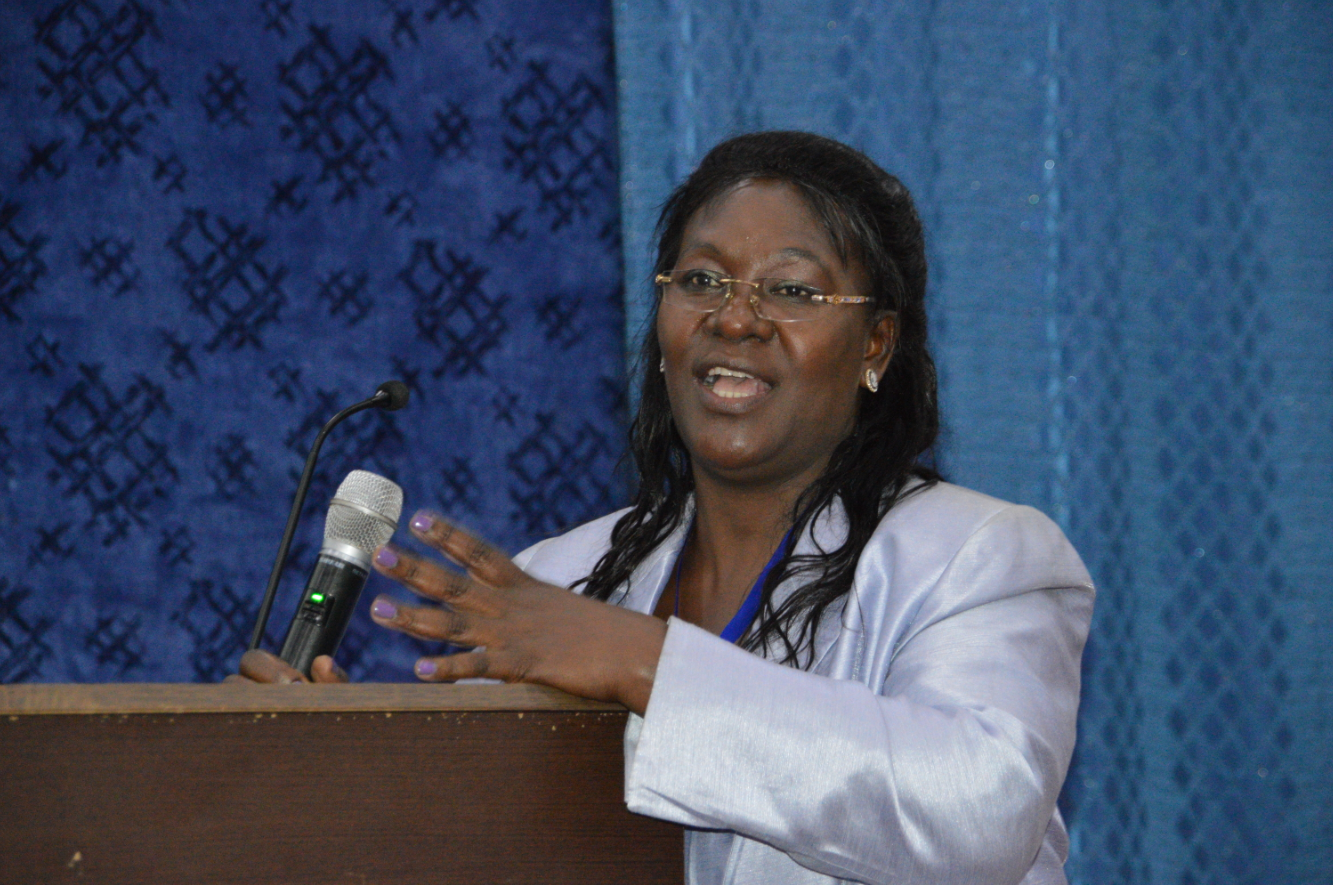
The ISCTRC Abuja Declaration 2019
Delegates at the 35th general conference of the ISCTRC noted with great concern the slow progress towards achieving the objectives of eradication of Tsetse and Trypanosomiasis in Africa, as enshrined in the AU Lome Declaration made about two decades ago. Against this backdrop, the conference delegates expressed a sense of urgency on the need for Africa to effectively tackle the menace of Tsetse and Trypanosomiasis, and for the ISCTRC to safeguard the gains made as well as maintain progress towards elimination and eventual eradication of the disease on the continent.
In a resolution that was passed at the end of the conference and dubbed: “International Scientific Council for Trypanosomiasis Research and Control (ISCTRC) Abuja Declaration 2019,” the delegates urged African nations to undertake Tsetse and Trypanosomiasis eradication with renewed vigour so that farming and socio-economic activities could continue in affected areas.
The declaration also called on AU Member States to accelerate progress geared towards the control and eradication of the disease, urging them to commit adequate resources (human and financial) for the agricultural sector including Tsetse and Trypanosomiasis control and eradication, as enshrined in the 2014 Comprehensive Africa Agriculture Development Programme (CAADP). Among others, the conference noted the urgent need for the AU-PATTEC initiative to re-strategize and focus on achieving results by developing innovative strategies, policies, and partnerships as well as ensuring better coordination towards eradicating Tsetse and Trypanosomiasis from Africa.
With 38 out of the 55 countries currently suffering from the scourge of this deadly disease, the quest for eradicating Tsetse and Trypanosomiasis in Africa is still far from being won. However, if effectively implemented, these recommendations will not only contribute to accelerating research and eradication of Tsetse but will also create a sustainable path towards the total elimination of the disease on the continent!







